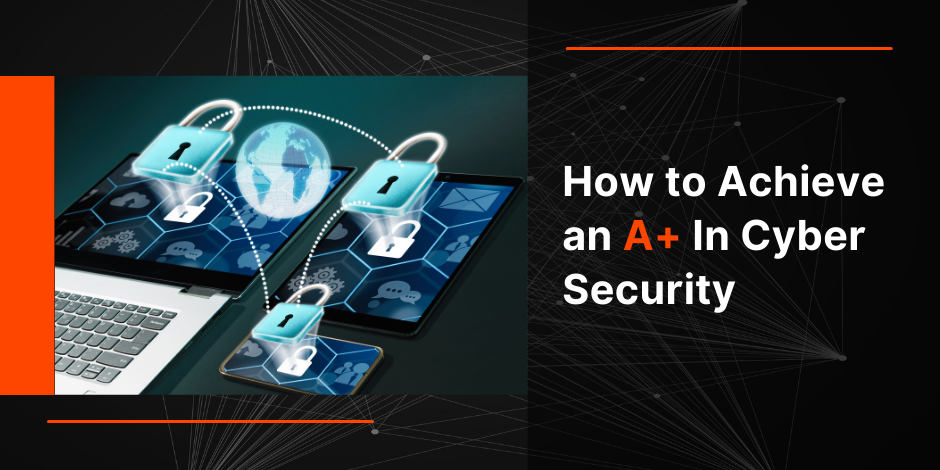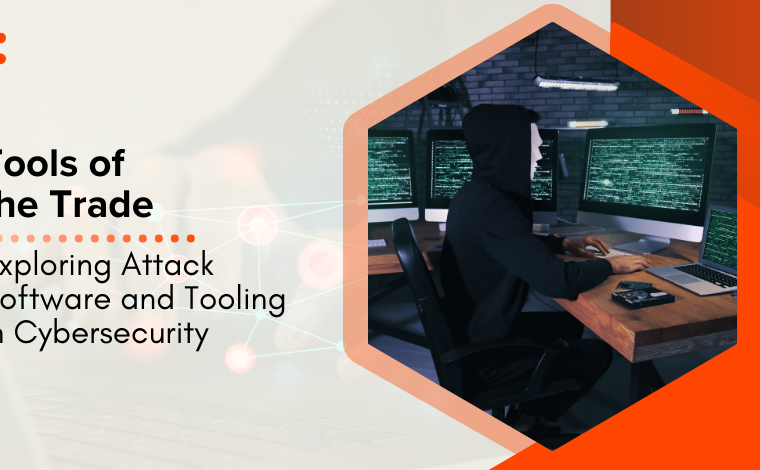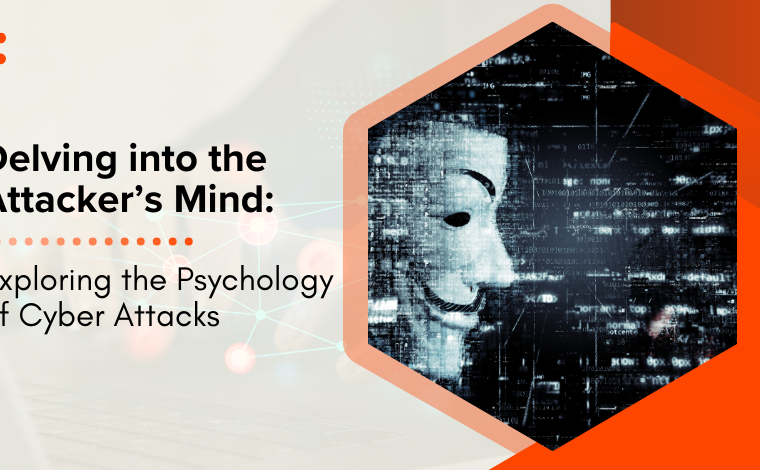How to Achieve an A+ In Cybersecurity

Stay Informed With Our Weekly Newsletter
Receive crucial updates on the ever-evolving landscape of technology and innovation.
In today’s digital age, cybersecurity has become an essential aspect of our lives. With the increasing number of cyber threats and attacks, it is crucial to have a strong foundation and knowledge in this field.
In this article, we will explore how to achieve an A+ in cybersecurity, build a strong foundation, integrate advanced techniques, and maintain your cybersecurity grade. By following these steps, you can strive to achieve an A+ in cybersecurity.
Your path to an A+ in cybersecurity

Achieving a great score in cybersecurity requires dedication, continuous learning, and a proactive approach to safeguarding digital assets.
By understanding the basics of cybersecurity, building a strong foundation, employing advanced techniques, and staying updated with the latest trends, you can build to an A+ in cybersecurity.
Remember, getting an A+ in cybersecurity is an ongoing process, and it is essential to adapt and evolve with the ever-changing threat landscape.
Understanding the basics of cybersecurity
Cybersecurity is a multidisciplinary field that combines various techniques and strategies to ensure the confidentiality, integrity, and availability of information. It involves not only technical measures but also organizational policies and user awareness.
By implementing effective cybersecurity practices, individuals and organizations can mitigate the risks associated with cyber threats and maintain a secure digital environment.
Key concepts and terms in cybersecurity

Before delving deeper into the realm of getting an A+ in cybersecurity, it is crucial to familiarise yourself with the key concepts and terms used in the field.
Some essential terms to understand include:
- Firewall: A firewall is a network security device that monitors and filters incoming and outgoing network traffic based on predetermined security rules. It acts as a barrier between trusted internal networks and untrusted external networks, preventing unauthorized access and protecting against malicious activities.
- Encryption: Encryption is the process of converting plain text into cypher text to protect sensitive information from unauthorized access. It uses cryptographic algorithms to scramble data, making it unreadable without the corresponding decryption key.
- Authentication: Authentication is the process of verifying the identity of a user or system. It ensures that only authorized individuals or entities can access protected resources.
- Malware: Malware, short for malicious software, refers to any software designed to harm or exploit computer systems. It includes viruses, worms, Trojans, ransomware, and spyware and can cause data loss, system crashes, and unauthorized access to sensitive information.
- Phishing: Phishing is a type of cyber attack where attackers impersonate legitimate entities to deceive individuals into revealing sensitive information such as passwords, credit card numbers, or social security numbers. Phishing attacks often occur through email, instant messaging, or fraudulent websites.
- Vulnerability: A vulnerability is a weakness or flaw in a system that can be exploited by attackers to gain unauthorized access or perform malicious activities. Vulnerabilities can exist in software, hardware, or even human behavior. Regular vulnerability assessments and patch management are essential to maintain a secure environment.
These terms form the foundation of cybersecurity and will be elaborated upon in subsequent sections of this article. Understanding these concepts is crucial for individuals and organizations to effectively navigate the complex landscape of cyber threats and implement appropriate security measures.
Essential skills for cybersecurity professionals

In order to excel in the field of cybersecurity, certain skills are required. These include proficiency in networking, programming, risk assessment and management, knowledge of operating systems, and an understanding of malware and its various types.
Moreover, excellent problem-solving, analytical thinking, and communication skills are vital in this field.
Recommended courses and certifications
One of the best ways to demonstrate your ability to achieve an A+ in cybersecurity is by obtaining relevant certifications and completing courses. Some popular certifications include Certified Information Systems Security Professional (CISSP), Certified Ethical Hacker (CEH), and CompTIA Security+.
Maintaining your A+ cybersecurity grade
Cybersecurity is an ever-evolving field, and it is crucial to stay updated with the latest trends and continuously improve your skills and knowledge. Maintaining your proficiency in cybersecurity requires a proactive approach and a commitment to lifelong learning.
Continuous learning and improvement in cybersecurity

Cybersecurity is a dynamic and rapidly evolving field, and it is crucial to continuously enhance your skills and knowledge.
Participating in hands-on training, joining cybersecurity communities, and engaging in practical exercises are excellent ways to strengthen your expertise.
Additionally, obtaining advanced certifications and pursuing higher-level courses can further demonstrate your commitment to continuous learning and improvement.
The Institute of Data offers a comprehensive Cybersecurity program for full-time or part-time students.
In conclusion
Achieving an A+ in cybersecurity is a journey that requires commitment, dedication, and a thirst for knowledge.
By following the steps outlined in this article, you can embark on this journey and strengthen your cybersecurity skills.
Remember, an A+ in cybersecurity is not only essential for individuals but also for organizations and society as a whole.
If you want to be part of creating a safer digital future, call us for a complimentary conversation to discuss your career options.




